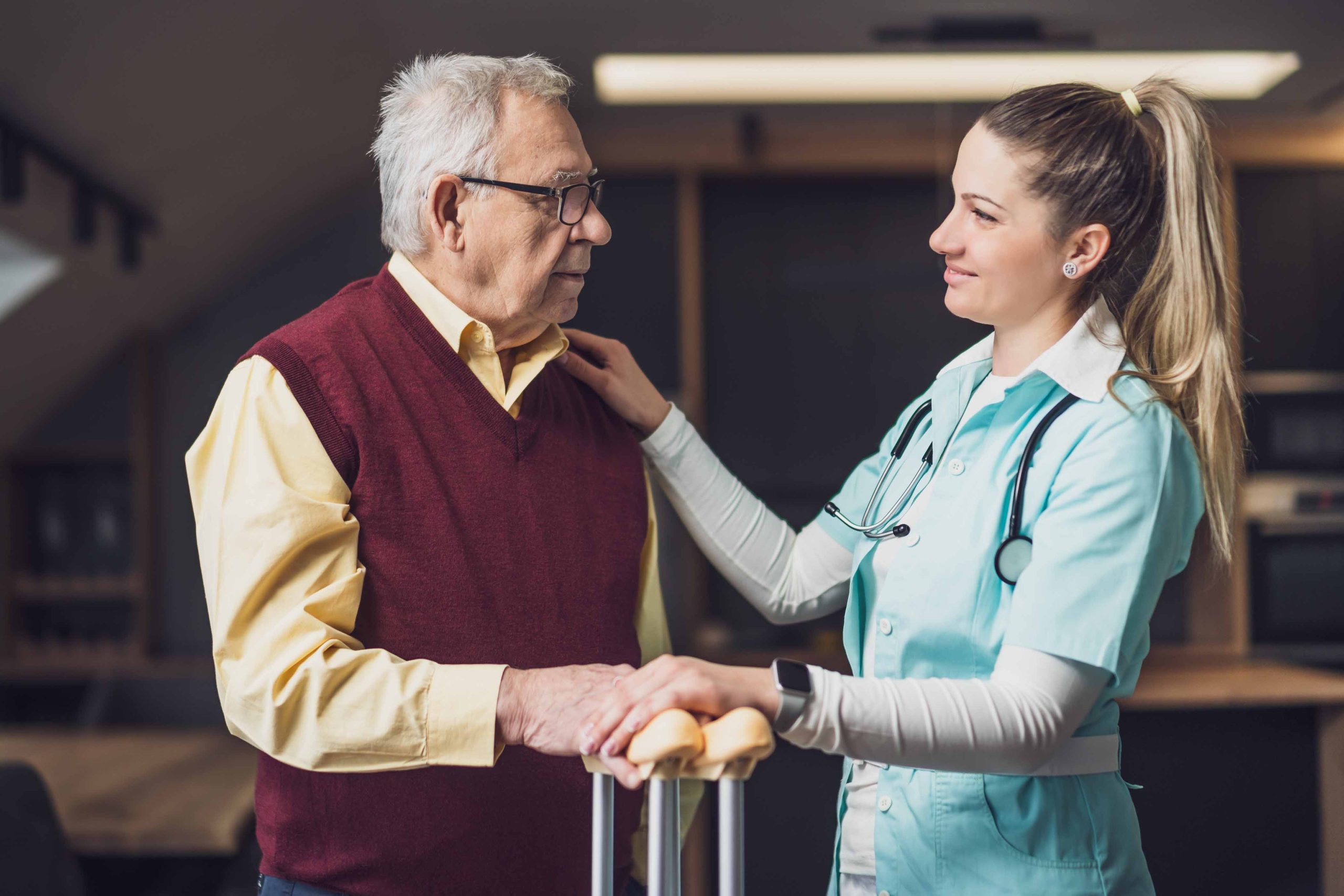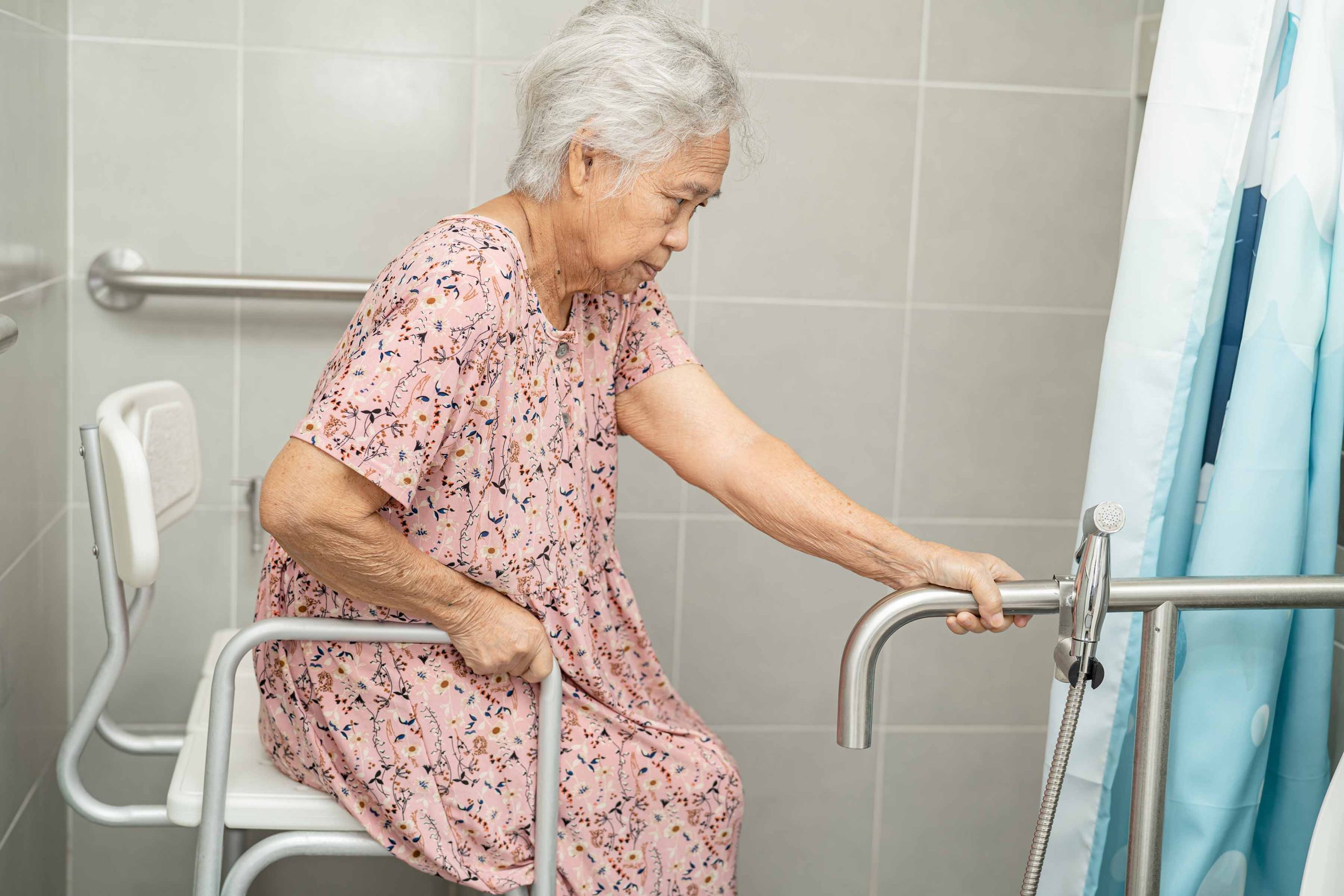Driving
Operating a vehicle involves cognitive and motor skills, and although it becomes automatic for many drivers, giving up driving can be challenging for someone with dementia. When the loss of abilities jeopardizes safety, ceasing to drive becomes crucial. Some individuals recognize the need to do so themselves, but others may resist. Communicating the necessity of giving up driving becomes a challenge for family members, as some affected individuals may show resistance or denial.
At what point should a person with Alzheimer’s stop driving? Although the diagnosis of cognitive impairment doesn’t require an immediate cessation of driving, the gradual decline in skills will make relinquishing it inevitable at some point. It is advised to watch for warning signs such as disorientation, confusion while driving, or slow decision-making. Giving up driving can be difficult, but addressing the issue with empathy and proposing alternative transportation can make it more manageable. Safety should prevail, and in extreme cases, measures like hiding the car keys or selling the vehicle may be necessary.
Living at Home with Dementia
In the early stages of dementia, many people can continue living at home and enjoy life much like before their diagnosis. After receiving a diagnosis of cognitive impairmente, professionals provide advice on how to continue doing what is important for the person for as long as possible. They also offer information about resources and services that could be helpful.
As the disease progresses, it may become more challenging for individuals to take care of themselves and their homes. At that point, they may need additional help with daily activities such as household chores, shopping, etc. They may also require home adaptations.

Home Adaptations
The importance of making progressive adaptations in the home of a person with Alzheimer’s lies in preventing accidents, mitigating cognitive difficulties, and reducing physical limitations. These changes not only serve the purpose of maintaining a safe environment but also contribute to preserving a familiar and cozy space. By adapting the living space, a friendlier and more accessible environment is created, allowing the person with dementia to maintain a sense of familiarity and comfort in their daily surroundings. This approach not only helps reduce the anxiety and stress associated with the disease but also enhances the quality of life for the affected individual and facilitates the work of caregivers.
Keeping the home organized and comfortable, with spatiotemporal references, benefits both the patient and the caregiver. These adjustments will be implemented gradually as specific issues arise. Measures to reduce risks include removing carpets, getting rid of lightweight furniture, being cautious with slippery floors, and securing doors and windows. It’s also important to ensure good lighting, and mark stairs.
In the kitchen, it’s suggested to label cabinets and use safe utensils. In the bathroom, replacing the bathtub with a shower, using non-slip mats, and installing support bars are recommended. In the bedroom, organizing commonly used items, securing items that can fall, and using appropriate lighting are essential. As the disease progresses, railings can be incorporated into the bed.
Ensuring a safe environment in the home of a person with dementia involves careful adjustments.
Here are some recommendations to help you adjust to your new destination:
- Integrate visual indicators of time and space, such as clocks and calendars in plain sight, along with opening blinds to distinguish between day and night.
- Signal rooms and label cabinets with visual aids.
- Maintain good visibility with proper lighting and install handrails and lighting on stairs.
- Remove rugs and cables that may cause tripping.
- Install locks on doors and windows.
- Exercise caution with hazardous items like stoves and fireplaces. Secure sharp and small objects. Monitor medications, matches, lighters, and cleaning products, ensuring they are stored in safe places.
- In the kitchen, clearly mark the off position on controls, install smoke detectors, and use durable tableware.
- In the bathroom, replace the bathtub with a shower, use non-slip mats, and install support bars.
- In the bedroom, place switches and guiding lights toward the bathroom. Install a bell near the bed and consider railings as the disease progresses.

Aids for Daily Life:
Aids for daily life are key elements to assist people with dementia in their everyday activities. These include:
- Clocks displaying day, date, and time: Facilitate orientation.
- Phones with large buttons: Programmable with frequently used numbers.
- GPS devices: Provide patients with freedom to encourage their autonomy in safety, offering caregivers real-time location.
- Specialized dementia applications: Include cognitive stimulation exercises, digital photo albums, and aids for reminiscence. Some also offer features like alarms, note-taking, and reminders, assisting in medication management and appointment alerts.
- Voice-controlled virtual assistants: Promote independence by providing medication reminders and answers to questions about the weather or train schedules.
- Teleassistance button.
Seeking Support According to Needs:
In Spain, there are various social services and resources available for people with dementia and their families. Some of these resources include:
Associations:
Organizations such as the Spanish Confederation of Associations of Family Members of People with Alzheimer’s and other Dementias or the Alzheimer Spain Foundation provide information, support, and resources for people with dementia and their families.
Recognition of the degree of disability and of the situation of dependency:
It is important to consider that access to measures, rights, benefits, resources, aids, adaptations, and other benefits for people with dementia and their family caregivers is subject to compliance with certain «access requirements.» These requirements may cover aspects such as age, gender, income level, years of previous contributions, among others, depending on the scope and type of provision or resource.
- Recognition of the degree of disability: Allows obtaining certification of the degree of disability. If this is 33% or more, it officially grants the status of a "person with a disability." This enables access to benefits, aids, and resources in different systems, such as Health, Education, Employment, Social Services, Transport, Housing, Taxation, among others, as long as the other specific access requirements for each case are met (age, gender, etc.).
- Recognition of the situation of dependency: This procedure determines whether the person is dependent and to what degree (moderate, severe, or high dependency). The recognition of a specific degree, along with other access requirements established for each case, allows access to specific benefits and services of the System for Autonomy and Care for Dependency, as established in Law 39/2006 on the Promotion of Personal Autonomy and Care for people in a situation of dependency. These services include residence, home care, daytime care, economic benefits linked to services, economic benefit for care in the family environment, support for non-professional caregivers, economic benefit for personal assistance, among others.
Teleassistance:
The red teleassistance button is not limited to being a simple emergency device; it serves as the assistant for older people, playing a crucial role in promoting autonomy and preventing dependence.

Day Centers
Many localities have day centers specialized in caring for people with dementia. These centers offer activities and care during the day, allowing families to balance care with other responsibilities.
Respite Care
Some Day Centers and Care Homes offer respite programs for caregiver family members, providing temporary relief through professional caregivers.
Care Homes
There are nursing homes specialized in the care of people with dementia. These homes offer 24-hour care, medical services, and adapted activities.
It is important to consult with local social services and specialized associations for specific information on available aids in each region. Additionally, social workers can provide guidance on resources available to meet individual needs.
Dementia challenges autonomy in various aspects, such as driving and daily life at home. It is necessary to find the right balance between safety and autonomy. Home adaptation becomes essential to create a safe and familiar environment, allowing the person to maintain their functioning. The use of aids for daily life, such as adapted clocks and teleassistance devices, stands out as support to maintain independence. Finding support through associations and local services is essential to provide guidance and support to both patients and their families. This support emerges as an essential pillar to address the disease with greater support and understanding, while simultaneously promoting the patient’s autonomy.
About the author
María Isabel Zamora is a physician with a double specialty in Psychiatry and Neurology. She has experience in the care of patients in general psychiatry consultations, and in a more specialized way, in the care of patients who combine psychiatric and neurological symptoms. She has worked with psychogeriatric patients and patients with functional diversity. She has experience in cognitive impairment, psychological and behavioral symptoms of dementia, psychiatric symptoms related to neurological disorders or chronic pain, autism, ADHD, adaptive disorders, depression, anxiety, addictions, bipolar disorder, obsessive-compulsive disorder, sleep disorders, eating disorders, etc.
Division of Medicine
Psychiatrist
Adults and adolescents
Languages: English, French and Spanish

